zurück Oman
Al Bustan Hotel Al
Hamra
Muscat
Jebel Akdar
Jebel Shams Nahkl
Nizwa
Sultanmoschee
Sohar
Unterwasserbilder
Reiseveranstalter
Bilder Omanflüge
Ausflüge
Oman
Omankarten
Omanbücher
Omangemälde
zur Oase Nakhl
der mächtigen Festung. Das imponierende
Fort Nakhl, das direkt vor der
gigantischen Kulisse des steilen und kahlen Bergmassivs des Jebel-Nahkl liegt



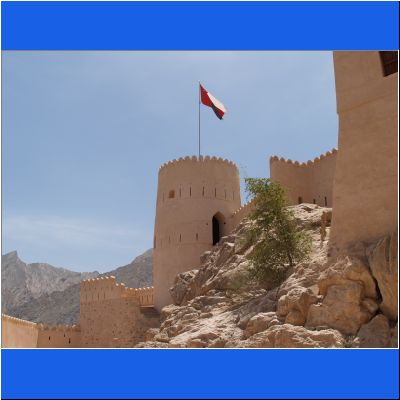

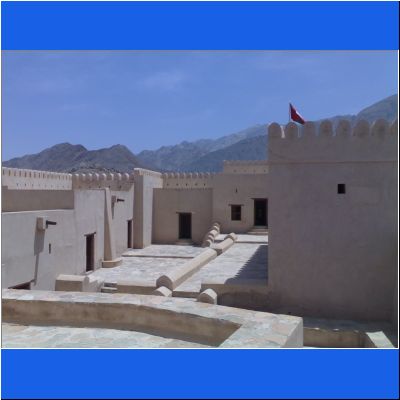
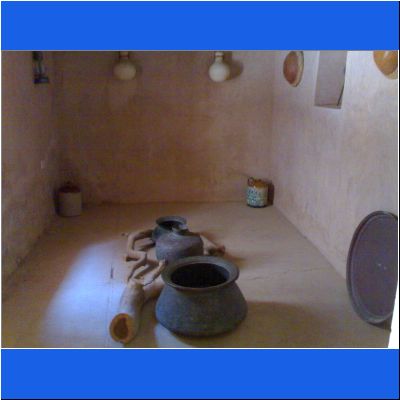
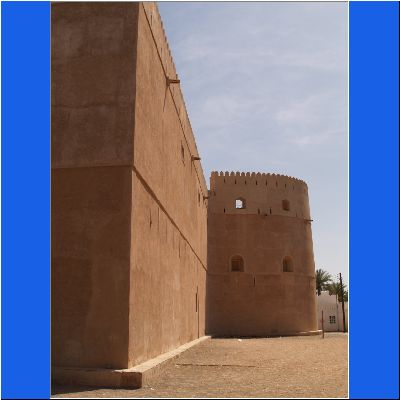
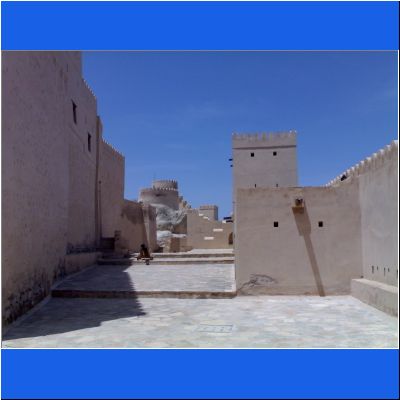
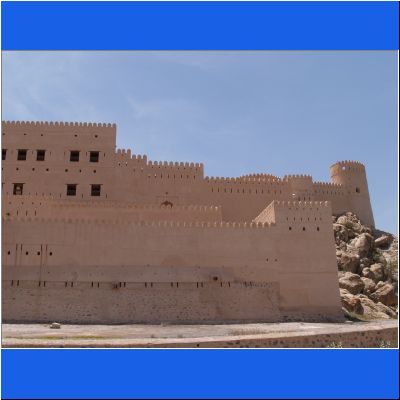
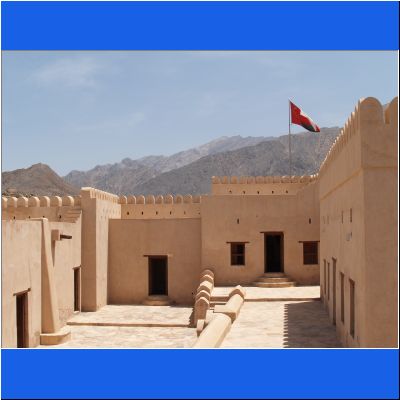


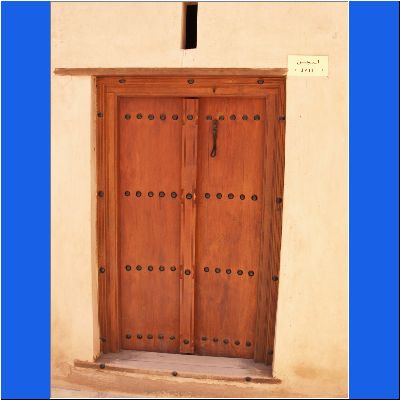




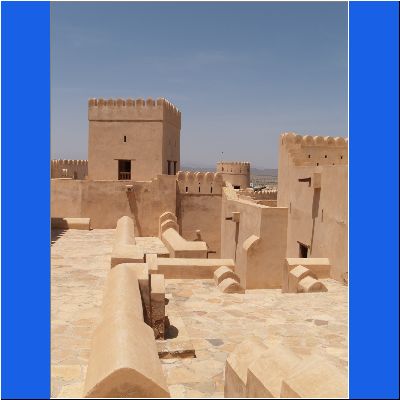
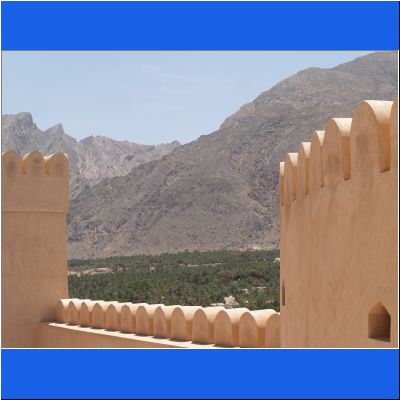

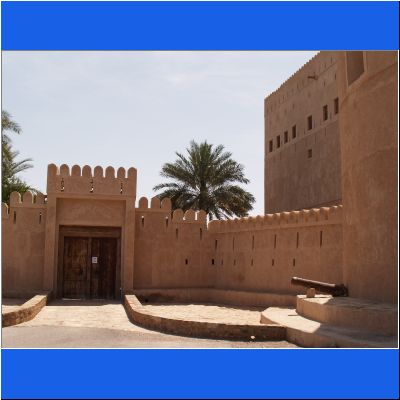
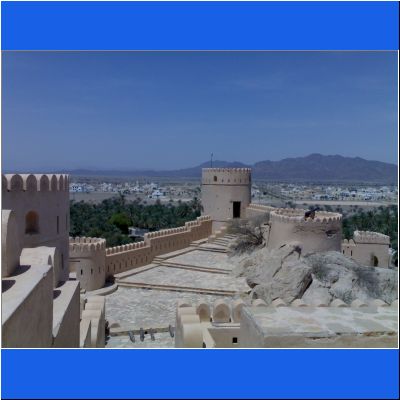
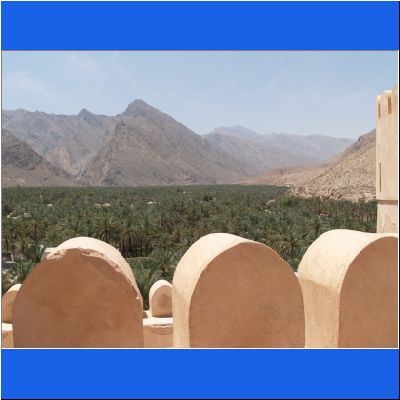
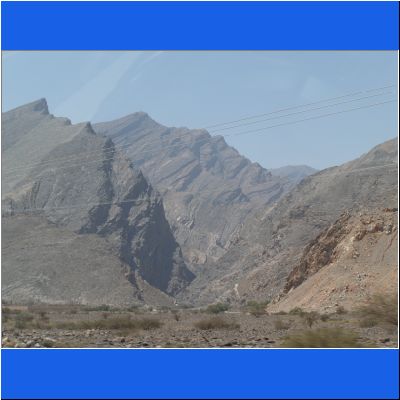

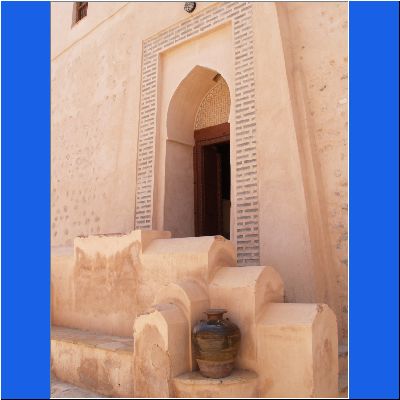
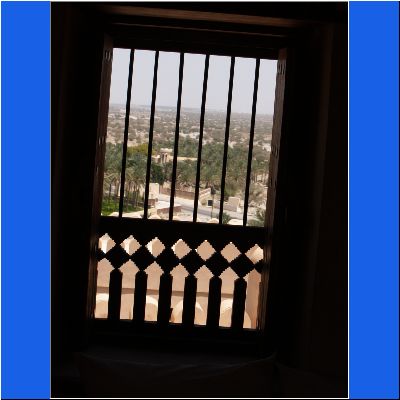


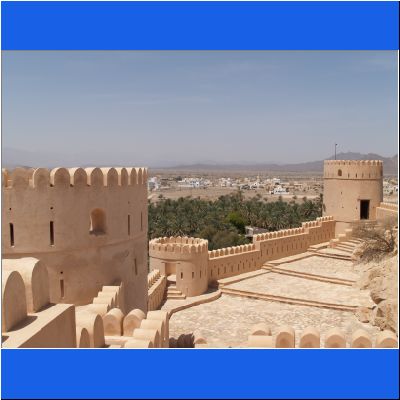

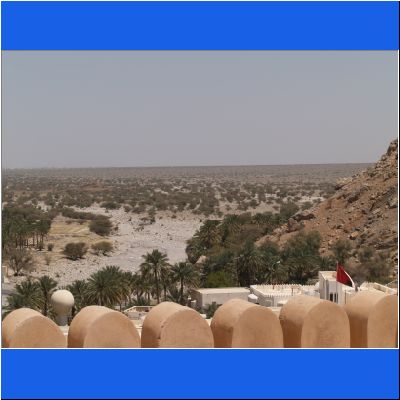
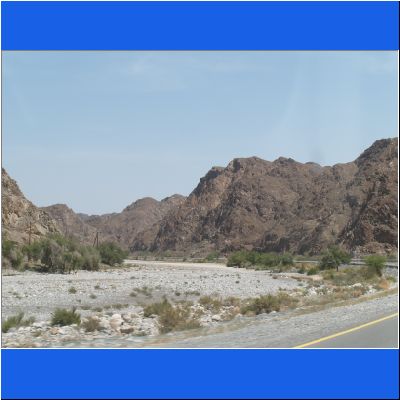
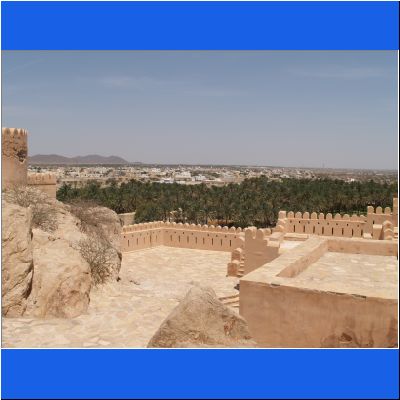

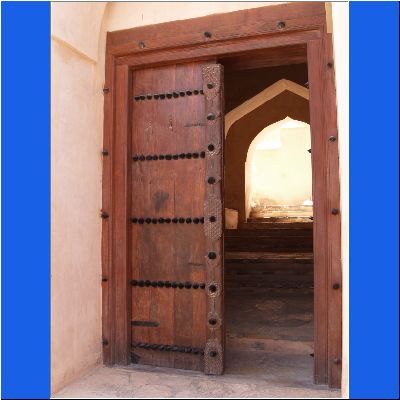
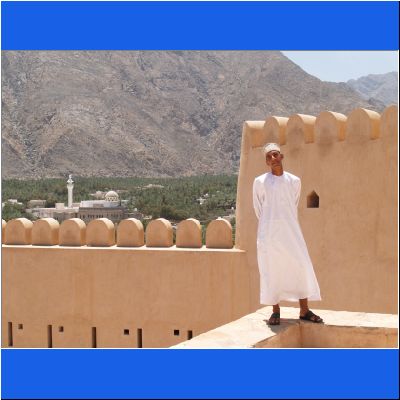

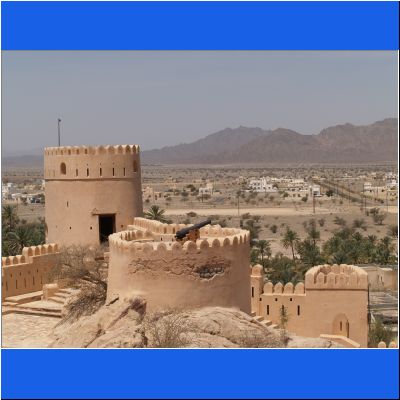
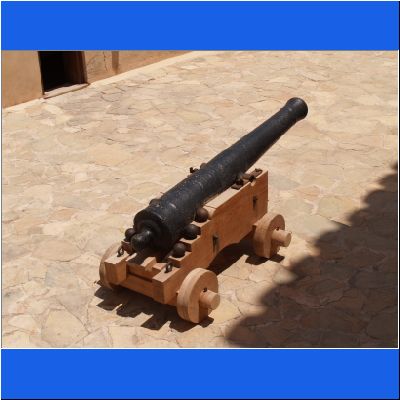
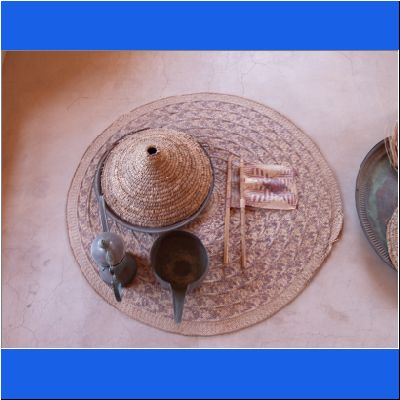
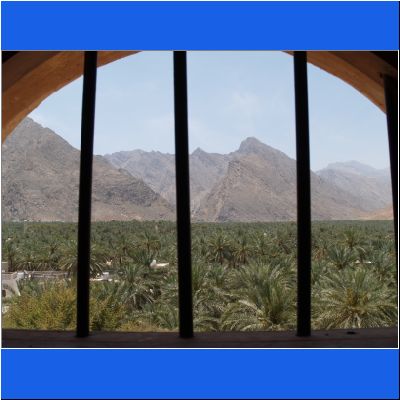
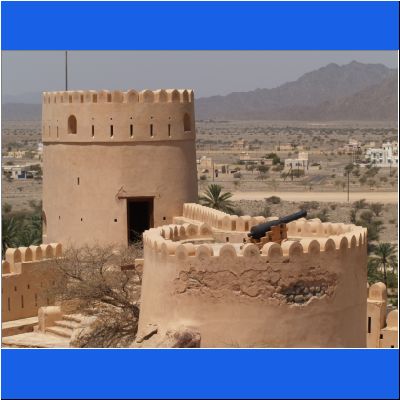
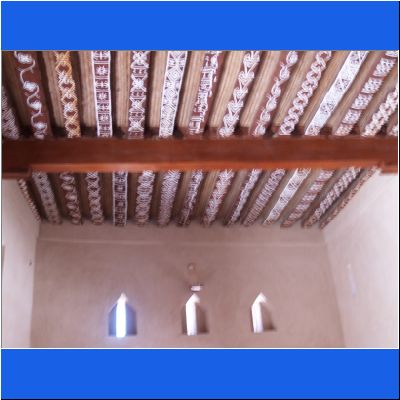

Oase Nakhl
(or Nakhl Oasis) is a beautiful
and historically significant location in
Oman, nestled at the foot of the
Hajar Mountains in the Al
Batinah region. It is renowned for its lush palm groves, clear springs, and
traditional architecture, offering visitors a serene escape into nature while
experiencing a bit of Oman’s traditional way of life.
Key Features of
Oase Nakhl:
1.
Location and Geography
-
Located in the Nakhl Wilayah: Nakhl Oasis is situated near the town
of Nakhl, which is
approximately 120 kilometers from the capital city
Muscat, making it a great
day trip or weekend getaway from the city.
-
Scenic Surroundings: The oasis is surrounded by the impressive
Hajar Mountains, with
rugged peaks and valleys creating a picturesque landscape. The combination
of lush greenery in the oasis and the rocky mountain backdrop makes for
stunning views.
2.
Natural Beauty
-
Date Palms and Springs: One
of the highlights of Nakhl Oasis is the abundant
date palms that thrive in
the area, providing a refreshing green contrast to the surrounding desert.
The oasis is also home to several
natural springs, which have been a crucial water source for the
local population for centuries.
-
Wadis and Waterfalls: The
oasis is connected to several
wadis (dry riverbeds) that fill with water during the rainy season.
These wadis often feature small
waterfalls and crystal-clear pools, making them popular for
swimming and picnicking. The refreshing water is one of the reasons Nakhl
Oasis has been such an important place for settlement throughout history.
3.
Historical and Cultural Significance
-
Ancient Settlements:
Nakhl has a long history, and the oasis has been inhabited for centuries.
The fertile land and abundant water supply made it an ideal location for
agriculture, and it has been a significant settlement for local Omanis.
-
Traditional Agriculture:
The oasis is still known for its traditional farming methods, with date
farming being a major agricultural activity in the region. The dates grown
here are highly prized for their quality, and they are a central part of
Omani cuisine and culture.
-
Cultural Heritage: The
village of Nakhl and the surrounding areas feature traditional Omani
architecture, including mud-brick
houses, mosques,
and forts that reflect
the historical lifestyle of the people who lived there.
4.
Nakhl Fort
-
Famous Landmark: A short
distance from the oasis, you’ll find
Nakhl Fort, one of Oman’s
most well-preserved forts. The fort was originally built for defense
purposes but also served as a residence for the local rulers. It offers a
fantastic view of the oasis and the surrounding region, making it a must-see
for history enthusiasts and visitors.
-
Restored and Open to the Public:
Nakhl Fort has been restored and is open to the public, providing insight
into Omani history, culture, and military architecture. The fort is also a
great place to learn about the importance of Nakhl in the region's defense
history.
5.
Things to Do in Nakhl Oasis
-
Relaxation and Scenic Walks:
The tranquil environment of Nakhl Oasis is perfect for those looking to
relax, enjoy nature, and take leisurely walks through the date palm groves.
The cool waters and peaceful surroundings make it a great place to unwind.
-
Swimming and Picnicking:
The wadis and natural springs in the area provide opportunities for swimming
in refreshing waters. Many locals and tourists enjoy setting up picnics by
the streams, surrounded by lush vegetation.
-
Exploring the Fort: The
Nakhl Fort is a great place to explore Oman’s military and architectural
heritage. The fort’s towers offer spectacular views of the oasis and the
surrounding mountains, making it a popular spot for photography.
-
Photography: The natural
beauty of Nakhl Oasis, combined with the historical and cultural sites,
makes it a great destination for photography, especially the vibrant
contrast of palm groves, the rugged mountains, and the clear water in the
wadis.
6.
Access and Transportation
-
Easily Accessible: Nakhl
Oasis is easily accessible by car from Muscat, taking around
1.5 to 2 hours to reach.
The roads are generally well-maintained, and visitors can drive along scenic
routes, making the journey to the oasis a part of the experience.
-
Guided Tours: If you are
new to the area or would like a more detailed experience, guided tours are
available. Local guides can provide insight into the history, culture, and
significance of Nakhl and its surrounding areas.
7.
Best Time to Visit
-
Ideal Climate: The best
time to visit Nakhl Oasis is during the cooler months, typically from
October to March, when
the weather is more pleasant for outdoor activities. The summer months can
be extremely hot, especially in the lowlands and desert areas.
-
Rainy Season: If you're
interested in seeing the wadis filled with water and the occasional
waterfalls, visiting after the monsoon season (typically in late summer or
early autumn) might be a good idea.
Conclusion:
Nakhl Oasis is a serene,
natural haven in the heart of Oman, offering a perfect blend of
cultural heritage,
history, and
natural beauty. Whether
you’re visiting for the rich date palm groves, the historical
Nakhl Fort, the beautiful
wadis, or simply to relax in the tranquil environment, the oasis provides an
unforgettable experience. It's a great spot for those looking to escape the
hustle and bustle of the city, enjoy nature, and learn more about Oman’s
agricultural and architectural traditions.
Anderes Fort Al Hazem
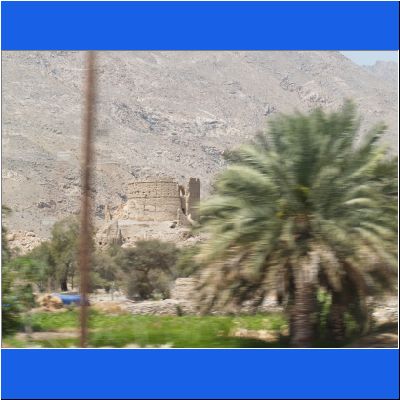
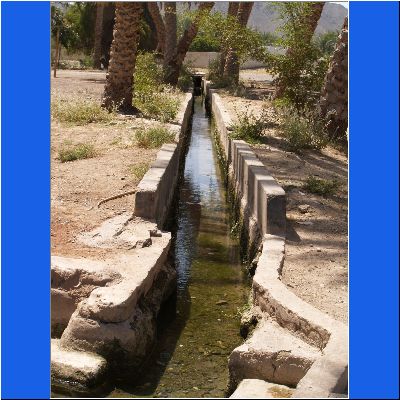
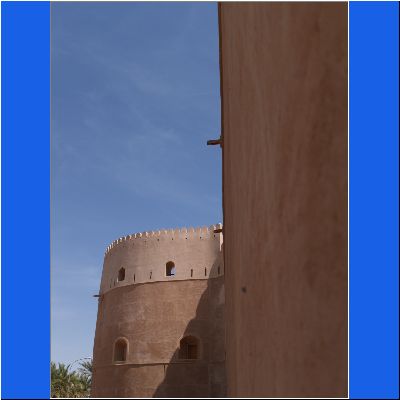
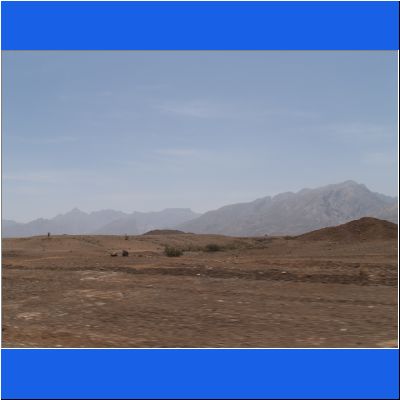
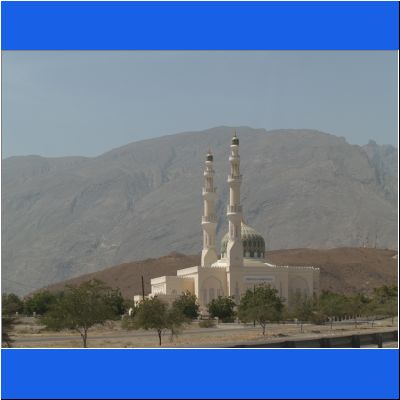
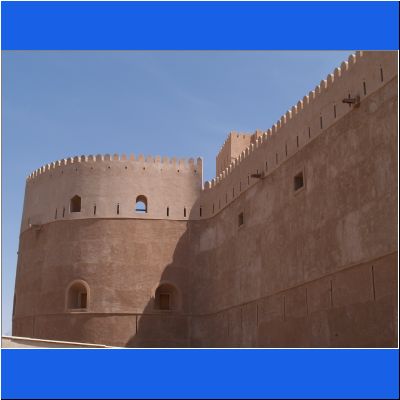

Fort Al
Hazem is a historic fort located in
the Al
Dakhiliyah Governorate of
Oman,
near the town of
Al
Hazm. It is one of the most famous
and well-preserved forts in Oman and is a
significant historical landmark in the
country. The fort is a prime example of
Omani military architecture, and it reflects
the country’s rich history of defense and
strategic importance.
Key
Features of
Fort
Al Hazem:
1.
Historical Background
-
Construction: Fort Al Hazem
dates back to the
18th century, during the reign
of the
Al Ya'rubi dynasty (the ruling
family of Oman at the time). It was
built to protect the region from
potential invasions and raids.
-
Strategic Importance: The
fort’s location was chosen for its
strategic significance, offering a
commanding view of the surrounding area,
which helped in monitoring and defending
the region from potential threats.
-
Role in Defense: The fort was
used not only as a military outpost but
also as a residence for the local
rulers, and it played a key role in the
defense of the region during times of
conflict.
2.
Architectural Design
-
Structure: Fort Al Hazem is
designed in the traditional Omani
military style, featuring
thick stone walls,
towers, and
defensive features that were
common in forts built during the 17th
and 18th centuries.
-
Walls and Towers: The fort is
surrounded by large, thick walls and has
several defensive towers,
including a
main tower that provides
excellent views of the surrounding area.
The design emphasizes fortifications
meant to withstand enemy attacks.
-
Interior Features: The interior
of the fort includes rooms used by the
ruling family, storage areas, and spaces
for the fort’s military personnel. The
fort is equipped with
traditional Omani weaponry, and
some of the original features, such as
windows for archers and
cannon emplacements, are still
visible.
-
Materials: The fort was
constructed primarily from
local materials, including
stone and
mudbrick, which were readily
available in the region.
3.
Cultural and Historical Significance
-
Omani Heritage: Fort Al Hazem
is not just a military structure but
also a reflection of Oman’s
cultural heritage and
traditional architecture. It
showcases the ingenuity and defensive
strategies used by Omanis to protect
their lands.
-
Symbol of Power: The fort was
an important symbol of
local authority and
political control during its
time. It was a place where the ruling
family would oversee the local
population and make key decisions about
the governance of the region.
-
Preservation: The fort is now a
historical site and a popular
tourist attraction, showcasing
Oman’s rich history and military
architecture to visitors. The fort has
been carefully restored to maintain its
historical authenticity and attract
tourists and history enthusiasts.
4.
Location
-
Al Hazm Village: Fort Al Hazem
is located in the town of
Al Hazm, which is part of the
Al Dakhiliyah Governorate, an
inland region in Oman. The area is known
for its
mountainous landscapes and
historical significance. Al
Hazm is relatively close to other
important towns, such as
Nizwa, and is part of a region
that played an important role in Oman’s
defense history.
-
Accessibility: The fort is
easily accessible by car, and visitors
can explore the surrounding area,
including other
historical landmarks and
traditional villages in the
region.
5.
Visiting Fort Al Hazem
-
Tourism: Today, Fort Al Hazem
is a key tourist destination in Oman.
Visitors can explore the fort and learn
about its history through informative
displays and exhibits. Some of the
displays explain the fort's defensive
features and its significance in Oman's
military history.
-
Opening Hours and Entry: The
fort is open to the public for tours,
and it is usually best to check for any
updated visiting hours or entry fees
before planning a visit. Visitors can
expect guided tours, which provide
further insight into the history and
architecture of the fort.
6.
Cultural Events and Festivals
-
Cultural Heritage: In addition
to being a historical site, Fort Al
Hazem is sometimes used for cultural
events and festivals that showcase Omani
traditions, arts, and crafts. These
events allow visitors to experience the
local culture firsthand.
Conclusion:
Fort Al Hazem stands as a
significant historical and cultural landmark
in Oman, offering a glimpse into the
country’s military past and traditional
architecture. Its strategic location,
impressive design, and role in Oman’s
defense history make it an important part of
the nation’s heritage. Today, it serves not
only as a tourist attraction but also as a
symbol of Oman’s rich history and
resilience, preserving the stories of the
people who once lived and defended this
region.
zur Oase Nakhl der mächtigen Festung. Das
imponierende Fort Nakhl, das direkt vor der gigantischen
Kulisse des steilen und kahlen Bergmassivs des Jebel-Nahkl
Muskat Wahiba Sands Al
Rustaq Wadi Tiwi Muttrah-Souk Jabreen Birkat Al Mauz
Salalah Sumhurum Provinz Dhofar
 04.10.25 Copyright Dirk
Rauschenbach Koelnerstrasse 293 51702 Bergneustadt
Datenschutzerklaerung 02261 9788972 Mail ccooly(
at) web.de
04.10.25 Copyright Dirk
Rauschenbach Koelnerstrasse 293 51702 Bergneustadt
Datenschutzerklaerung 02261 9788972 Mail ccooly(
at) web.de
























































